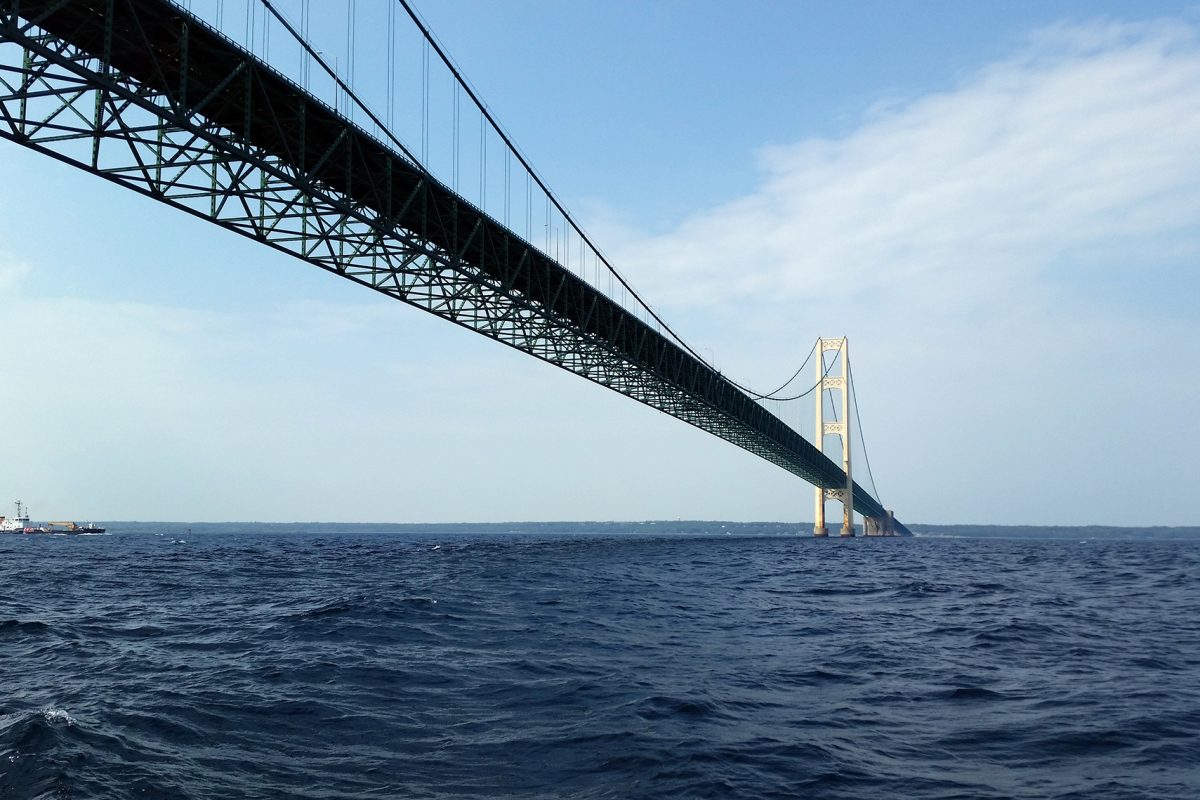
With both Olympic and World Championships gold under her belt, Charlotte Kalla of Sweden was looking for a way to spice up her summer schedule.
Considering that she describes herself as someone who doesn’t “know how to use a map and compass very well,” her choice of orienteering definitely fit the bill for a challenge. In early July, Kalla announced that she could be competing in O-Ringen, a five-day orienteering festival, at the end of that month.
While not many Americans participate in orienteering races, it is one of the most popular sports in Sweden, the country where it originated in the late 1800’s. Racers run between “control points” which they must find using only a map and compass; the terrain is theoretically unfamiliar to all competitors. Orienteering races feature interval starts so that competitors are forced to navigate on their own, and races vary in length, number of points, and difficulty of terrain.
Kalla selected a big stage for her orienteering debut: O-Ringen is considered the second-most prestigious international event behind World Championships. Almost 13,000 people (including those from as far away as Australia) participated in this year’s O-Ringen in the Halsingland region of eastern Sweden, where the event completely took over and set up it’s own “town”. Soderhamn, where the races were held, is only two hours from Kalla’s home in Sundsvall, which made the event an easy weekend activity.
Both of Kalla’s O-Ringen starts were in the “challenge” division, described as being for people who are in good physical shape but don’t have much navigational experience.
While she had done some mountaineering, it didn’t prepare her for reading a map while running at full speed.
“I have butterflies in my stomach!” Kalla told the O-Ringen press before her opening race. “This is something completely new for me. I have run mountain orienteering before with Eva Svensson, but I’ll keep quiet about who actually orienteered… ”
In that first race, Kalla ran ten kilometers and found fourteen controls. She finished in an hour and two minutes, which was six minutes before the next woman and faster than all but eight of the men in the same class.
“It was really fun,” she told Aftonbladet, a Swedish newspaper. “It was a good day in the woods… We were a huge bunch in the forest and I tried to learn as much as I could.”
And in a conversation with the ski website langd.se, Kalla said that the race had been an excellent workout, and that she wasn’t used to having to think when her heart rate was so high.
Because the challenge class was for beginning orienteerers, Kalla’s first race was a mass start and she could observe her competitors. The next day, however, was interval start, and she was on her own for ten kilometers and another fourteen controls. Kalla said she was nervous before the race, but she didn’t need to be: she finished second, 46 seconds behind the day’s winner.
When asked whether orienteering would become a focus for her, Kalla suggested that she might continue to compete occasionally.
“Yes,” why not?” she asked in response to a question from the Uppsala Journal. “It’s possible to combine it with my other training, so it is conceivable.”
Kalla also thought that adding an orienteering component to her training made it more interesting.
“My preparation for O-ringen was to find 60 to 70 points in a passport I bought of Sundsvall,” she told SweSki.com. “Time flies when you have many milestones in your workout. It’s perfect for me now that I train so much.”
Kalla’s presence at the event drew a significant amount of attention, both from the media and the other competitors. She spent one evening signing autographs, and the a long line formed well before she arrived at the table.
“Wow, this was worse than during the ski season,” she joked.





One comment
T.Eastman
August 5, 2011 at 1:10 am
O-Ringen sounds like Sweden’s answer to Burning Man…